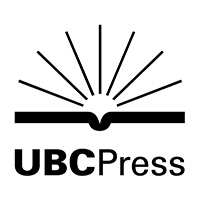Distributed for University of British Columbia Press
Thinking Planning and Urbanism
When manufacturers and retailers vacate traditional locations, they leave holes in a city’s fabric that signal a shifting urban-industrial terrain. Who should mend these spaces, and how should they approach the problem? Using Toronto’s Dundas Square and surrounding area as a case study, this book meticulously reconstructs the redevelopment process to explore the theories and practices used. It traces the labyrinth of competing interests that can sideline and nearly overwhelm the public planning function. In these circumstances, Moore Milroy concludes that practising planners are marooned by planning theories that begin from the premise that urban space is a social construction and only secondarily a function of technology and aesthetics.
Table of Contents
List of Illustrations
Acknowledgments
Abbreviations
1 Opening
2 History (with Nik Luka)
3 Regenerating
4 Redeveloping
5 Defending
6 Implementing
7 Closing
Appendix 1 Selected elements of the planning framework
Appendix 2 Chronology
Appendix 3 Basic characteristics of the planning area
Appendix 4 Socioeconomic information about the planning area
Appendix 5 Seven development options, Yonge and Dundas area, December 1996
Appendix 6 Financial plan and costing scenarios, Yonge and Dundas area, December 1996
Appendix 7 Issues raised at public meetings and via correspondence regarding the redevelopment scheme, spring 1997
Appendix 8 Bylaws before the Joint Board
Appendix 9 Decision of the Joint Board: Jurisdiction, conclusions and findings, decision and conditions, and obiter dicta
Appendix 10 Sample calendar of events at Nathan Phillips Square, January to July 2000
Notes
References
Index

